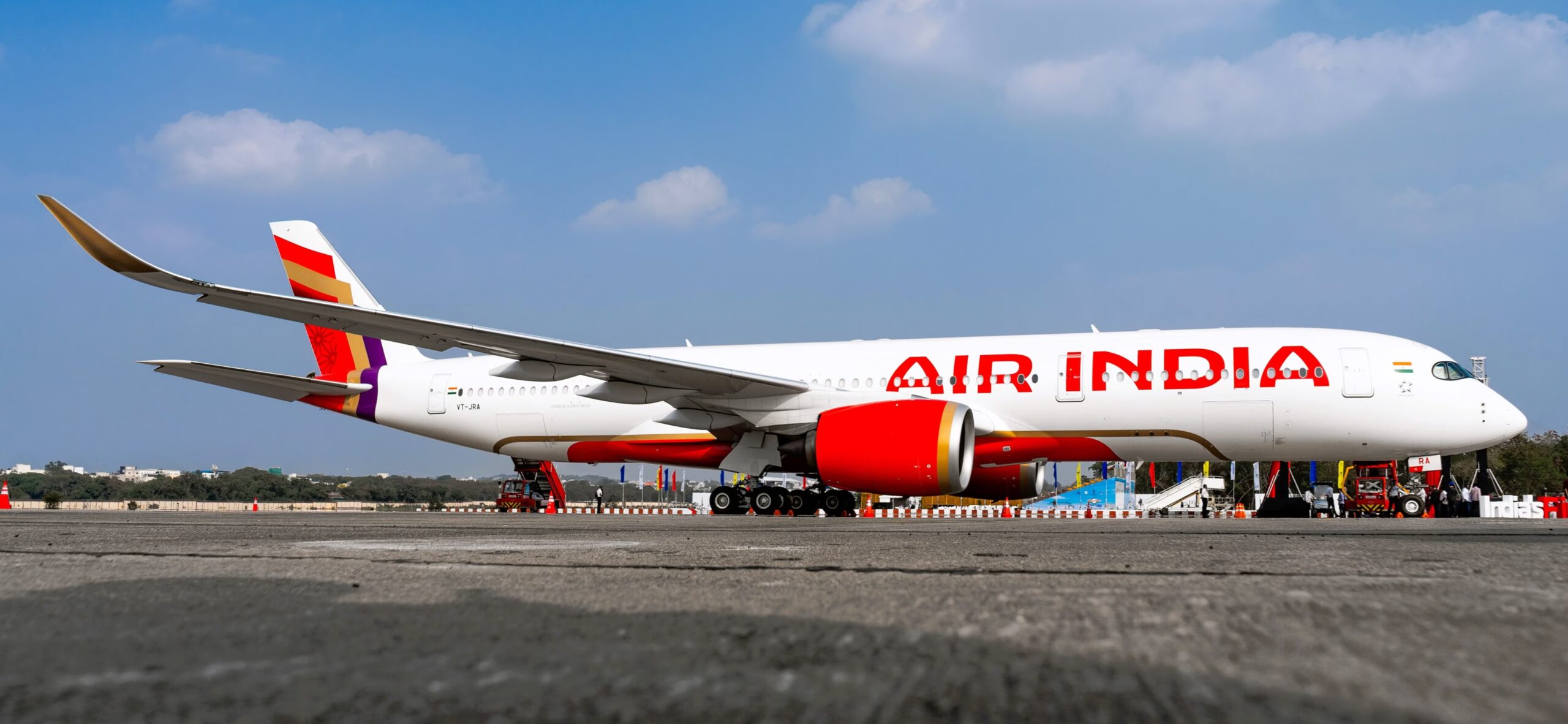The queue stretches around the block at 6am. Hundreds of people clutch smartphones and ring lights, waiting for their moment at the perfect angle. This isn’t a product launch or celebrity appearance; it’s Tuesday morning at Dubai’s Museum of the Future, where tourists pilgrimage for the ultimate Instagram shot. Welcome to the new reality of travel, where destinations rise and fall based on their photogenic potential rather than their cultural significance.
Social media has fundamentally reshaped how we choose, experience, and remember travel. Certain cities have mastered this digital game, transforming themselves into Instagram empires that generate billions in tourism revenue through carefully curated visual appeal. Yet behind the perfectly filtered facades lies a more complex story about authenticity, overtourism, and the commodification of culture.
Dubai: The Manufactured Marvel
Dubai stands as social media tourism’s ultimate success story, a city that built itself specifically for the camera. Every structure seems designed for the perfect shot: the Burj Khalifa piercing clouds, the Palm Jumeirah’s impossible geometry, the gold-soaked opulence of the Mall of Emirates. Instagram users have posted over 30 million photos tagged with #Dubai, generating an estimated $2.8 billion in social media-driven tourism revenue.
The emirate’s genius lies in understanding that modern travellers don’t just want experiences—they want experiences that translate into social currency. The city has systematically created Instagram-worthy moments: infinity pools overlooking the desert, helicopter tours over man-made islands, dining experiences suspended 150 feet above the ground. Each element is meticulously crafted for maximum visual impact.
Santorini: When Paradise Becomes Performance
Santorini’s blue-domed churches and cliff-side villages have become Instagram shorthand for Mediterranean romance. The Greek island generates over €1 billion annually from tourism, with social media driving unprecedented visitor numbers. The iconic village of Oia, with its sunset views and whitewashed buildings, hosts up to 20,000 visitors daily during peak season roughly ten times its permanent population.
The island’s Instagram fame has created a peculiar form of cultural performance. Local businesses have adapted their offerings to match visitors’ digital expectations. Traditional tavernas now serve “Instagram-worthy” blue smoothies in coconut bowls rather than authentic Greek cuisine. Hotels construct infinity pools specifically for photographs, whilst residents complain about water shortages during summer months.
Tokyo: Kawaii Culture Meets Digital Obsession
Tokyo’s Instagram appeal stems from its masterful blend of traditional culture and contemporary quirkiness. The city’s 14 million annual visitors increasingly arrive seeking specific Instagram moments: cherry blossoms in Shinjuku Gyoen, neon-lit streets in Shibuya, kawaii culture in Harajuku. The hashtag #TokyoFood alone has generated over 8 million posts, driving culinary tourism worth approximately $3.2 billion annually.
Japanese businesses have embraced the Instagram economy with characteristic precision. Restaurants create dishes specifically for social media—rainbow sushi, flower-shaped ice cream, colour-changing cocktails. The famous Robot Restaurant in Shinjuku, despite serving mediocre food, attracts thousands of visitors daily purely for its Instagram-worthy spectacle.
Paris: The Eternal Muse Goes Digital
Paris remains Instagram’s most photographed city, with over 100 million posts tagged #Paris. The city’s timeless appeal translates perfectly to social media the Eiffel Tower at sunrise, Seine-side cafés, macarons in pastel colours. Yet Paris’s Instagram fame has intensified existing overtourism pressures whilst creating new forms of cultural commodification.
The city’s most photogenic locations have become performance stages. The Trocadéro’s Eiffel Tower views host a constant stream of wedding photographers, influencers, and tourists staging elaborate photo shoots. Local residents complain about noise, littering, and the commercialisation of public spaces. The famous “Love Lock” bridge became so Instagram-popular that authorities had to remove the railings to prevent structural damage.
Bali: Paradise Interrupted
Bali’s Instagram transformation represents social media tourism’s most dramatic example. The Indonesian island’s rice terraces, temple complexes, and beach clubs have generated over 50 million Instagram posts, driving visitor numbers from 3 million in 2013 to 6.5 million in 2019. The island’s Instagram fame has created immense wealth and equally immense problems.
The famous Tegallalang Rice Terraces, once working agricultural land, now function primarily as an Instagram backdrop. Local farmers charge entrance fees for photo opportunities whilst their crops fail due to disrupted irrigation systems. The terraces’ traditional agricultural purpose has been subordinated to their photogenic value.
The Reckoning
These five cities demonstrate Instagram tourism’s double-edged nature. Social media has democratised travel discovery, allowing destinations to reach global audiences without massive marketing budgets. Yet this accessibility comes with costs: overcrowding, cultural commodification, and the reduction of complex places to simple visual tropes.
The most successful Instagram cities have learned to balance authenticity with accessibility. Copenhagen, whilst not among the top five, offers a model for sustainable social media tourism. The city creates Instagram-worthy moments colourful Nyhavn harbour, hygge-inspired cafés, cycling culture whilst maintaining strong local identity and managing visitor impacts.
The future of Instagram tourism depends on destinations’ ability to harness social media’s power whilst preserving what makes places genuinely worth visiting. The cities that thrive will be those that understand the difference between being photogenic and being authentic and manage to be both.



